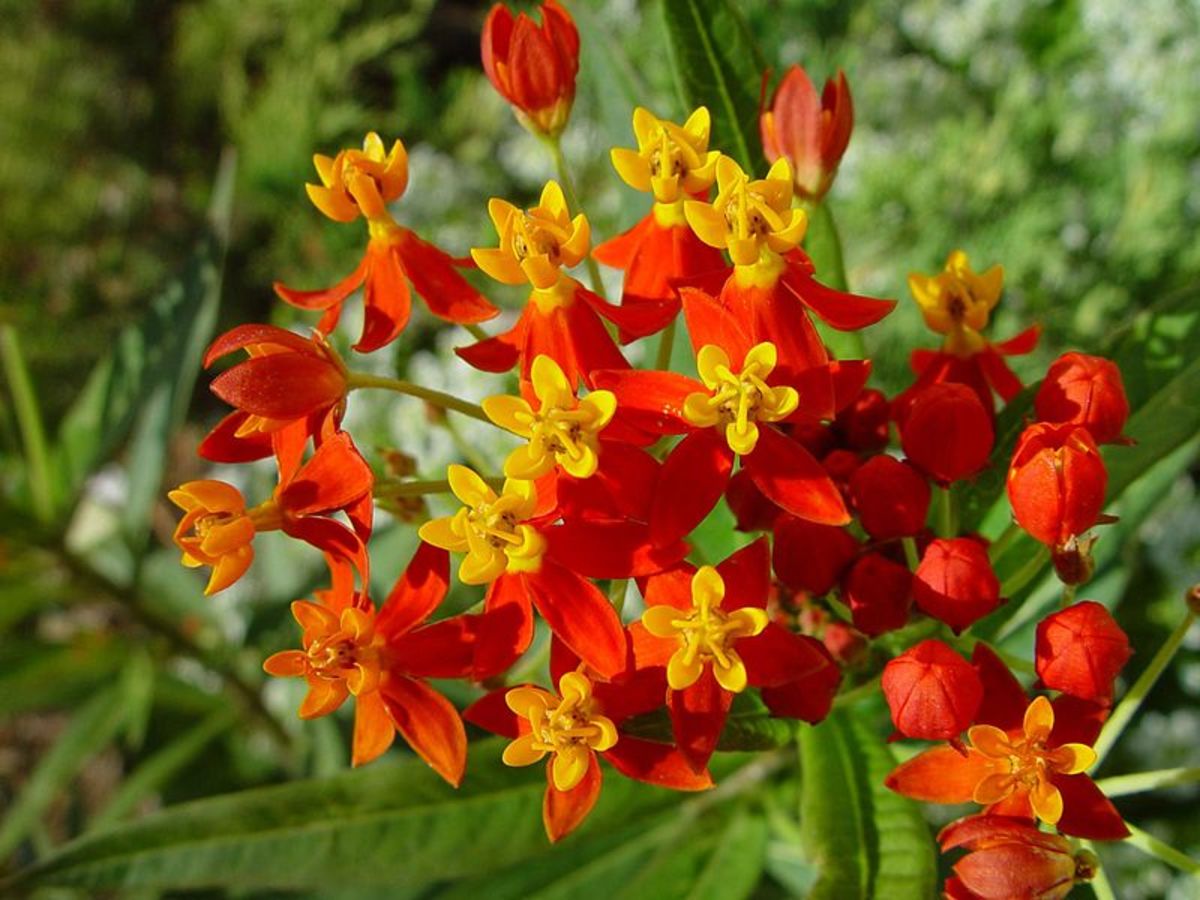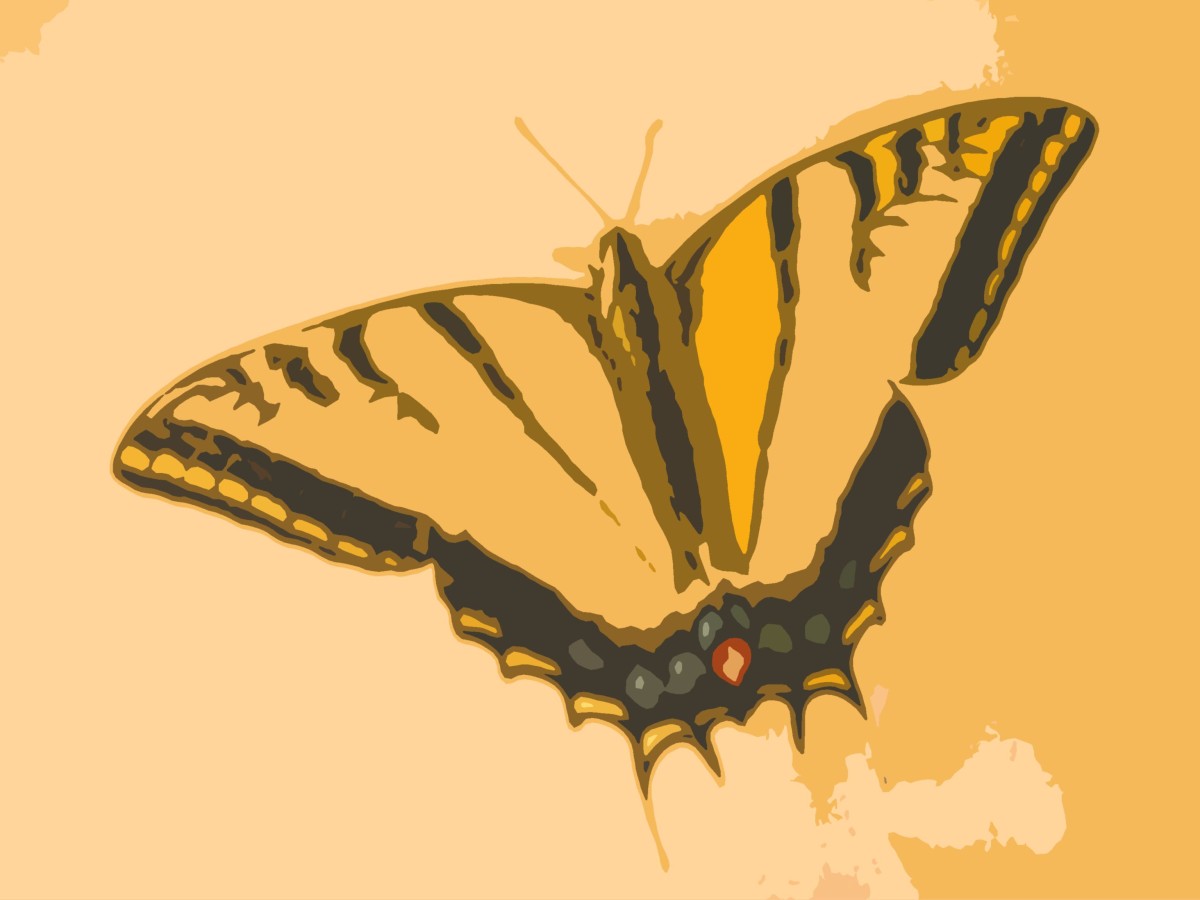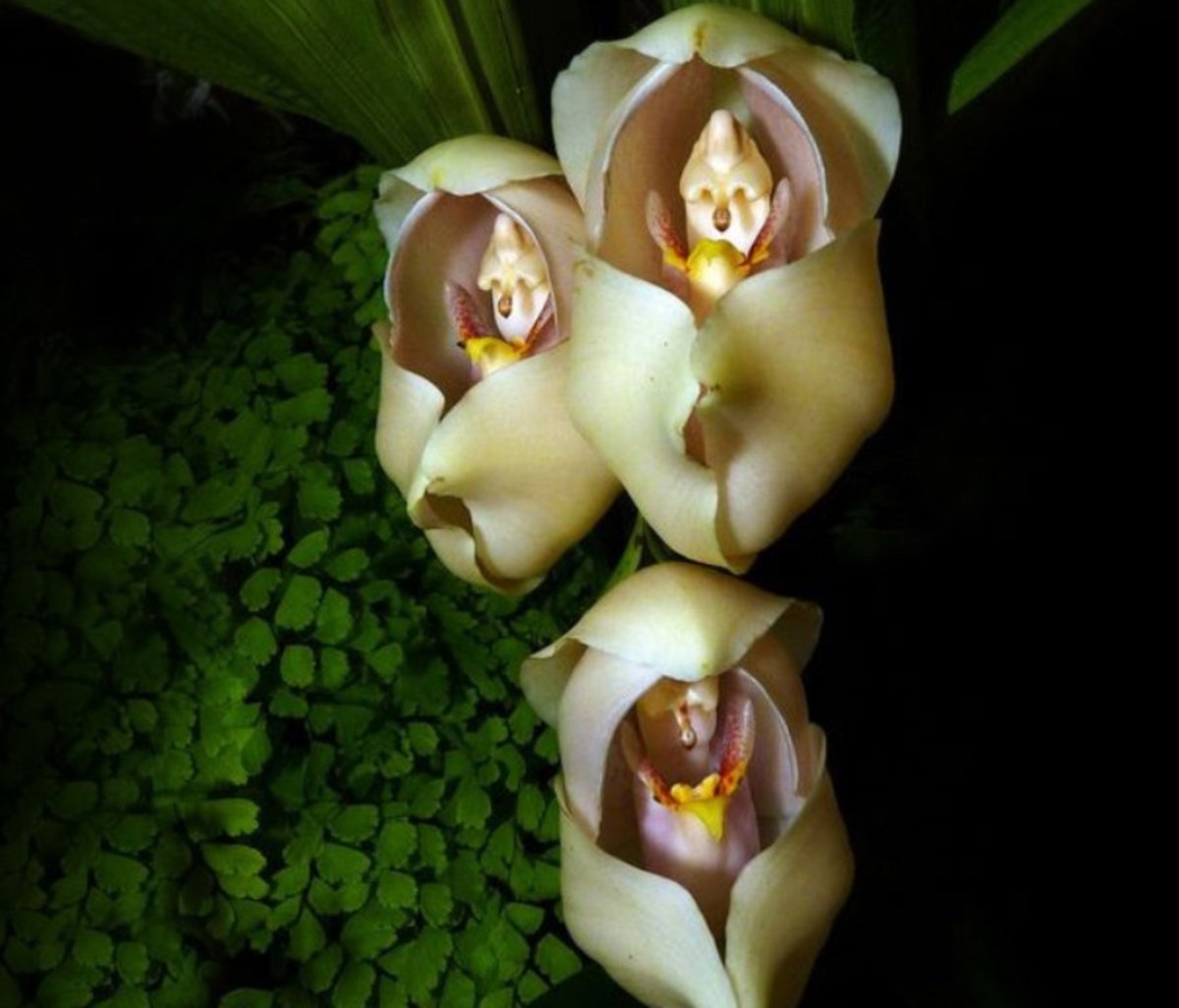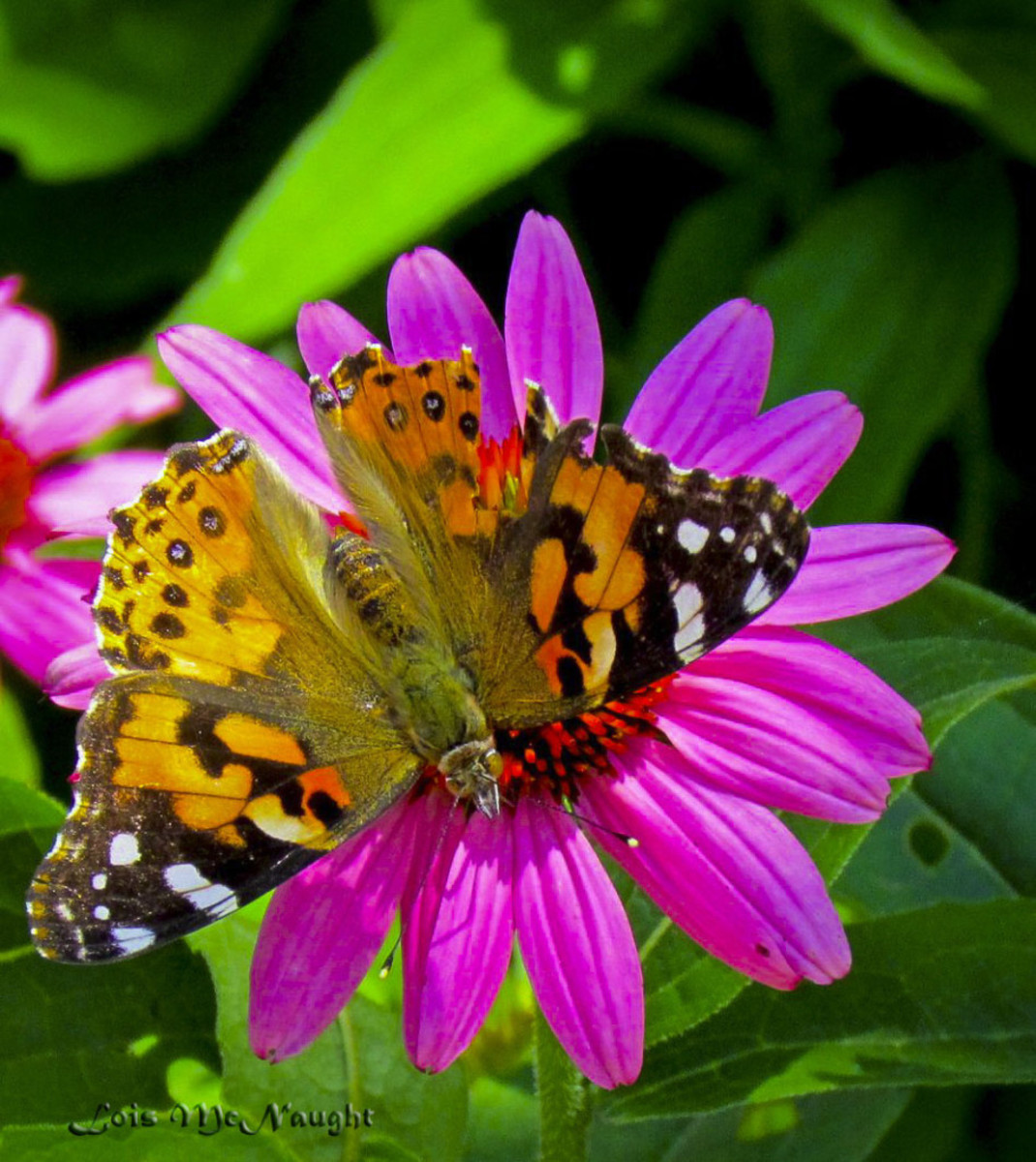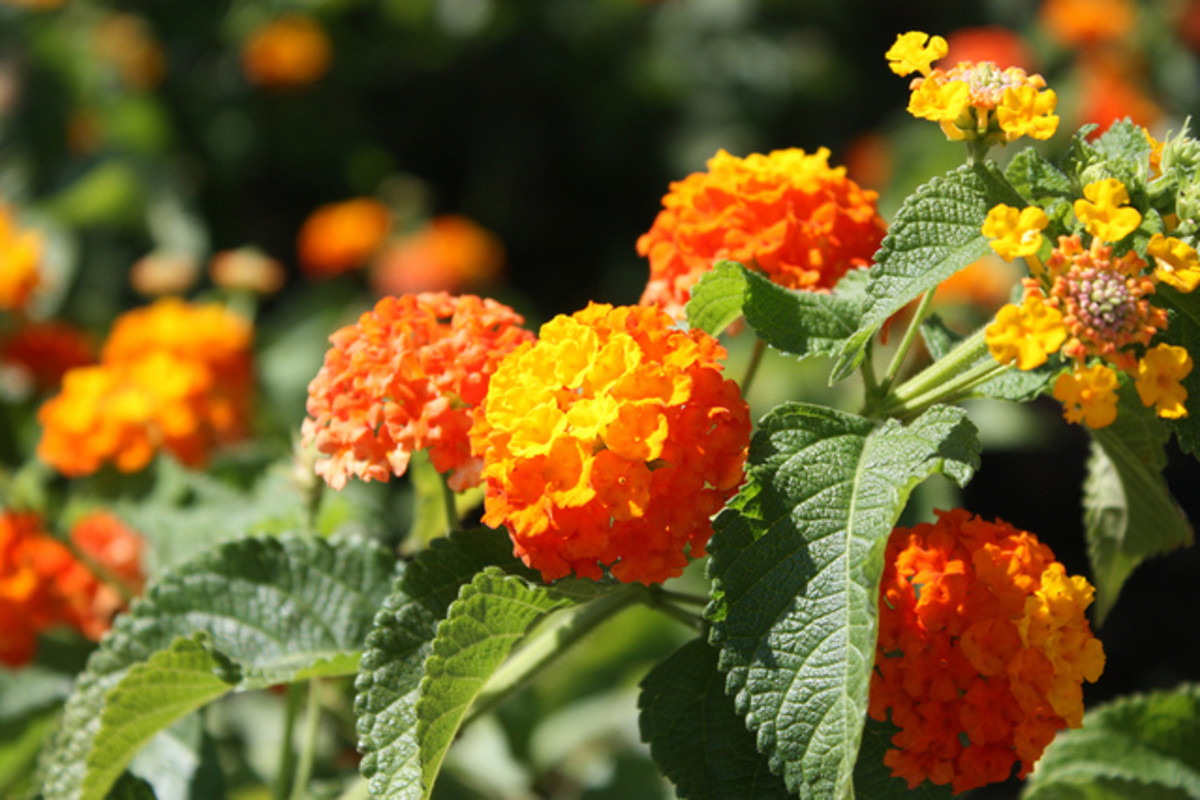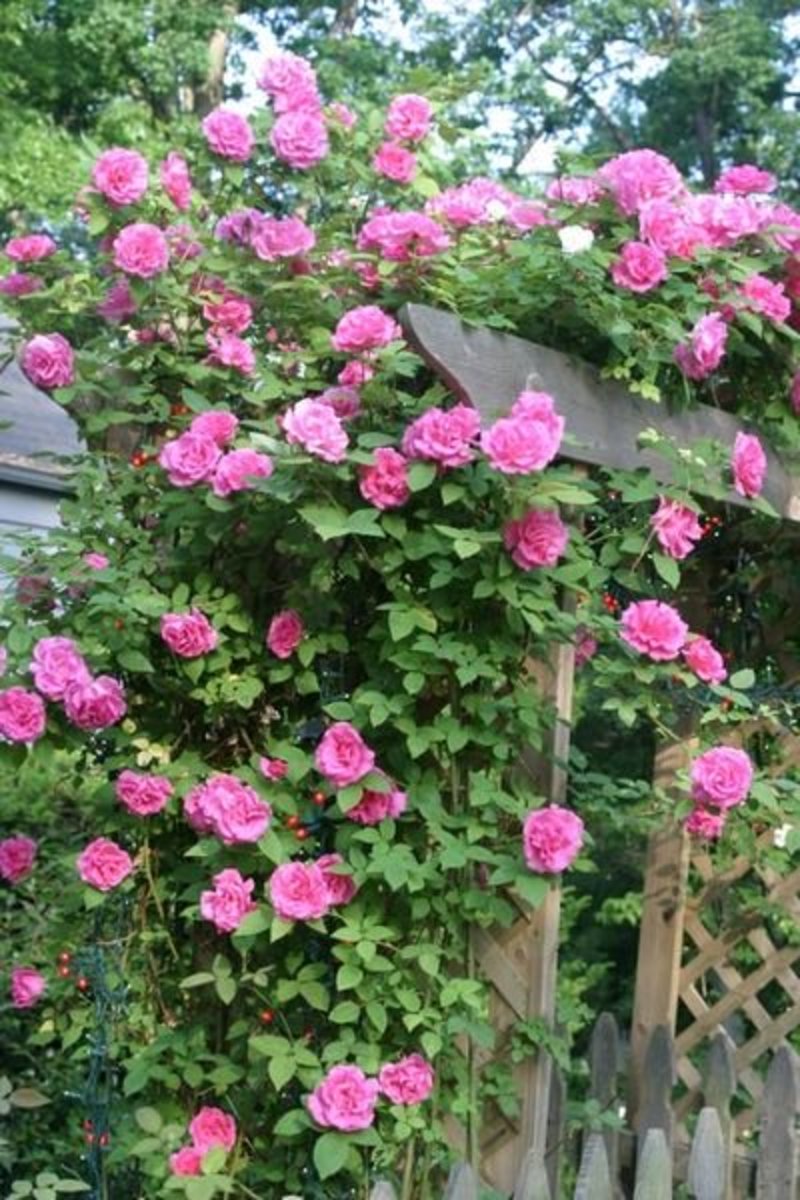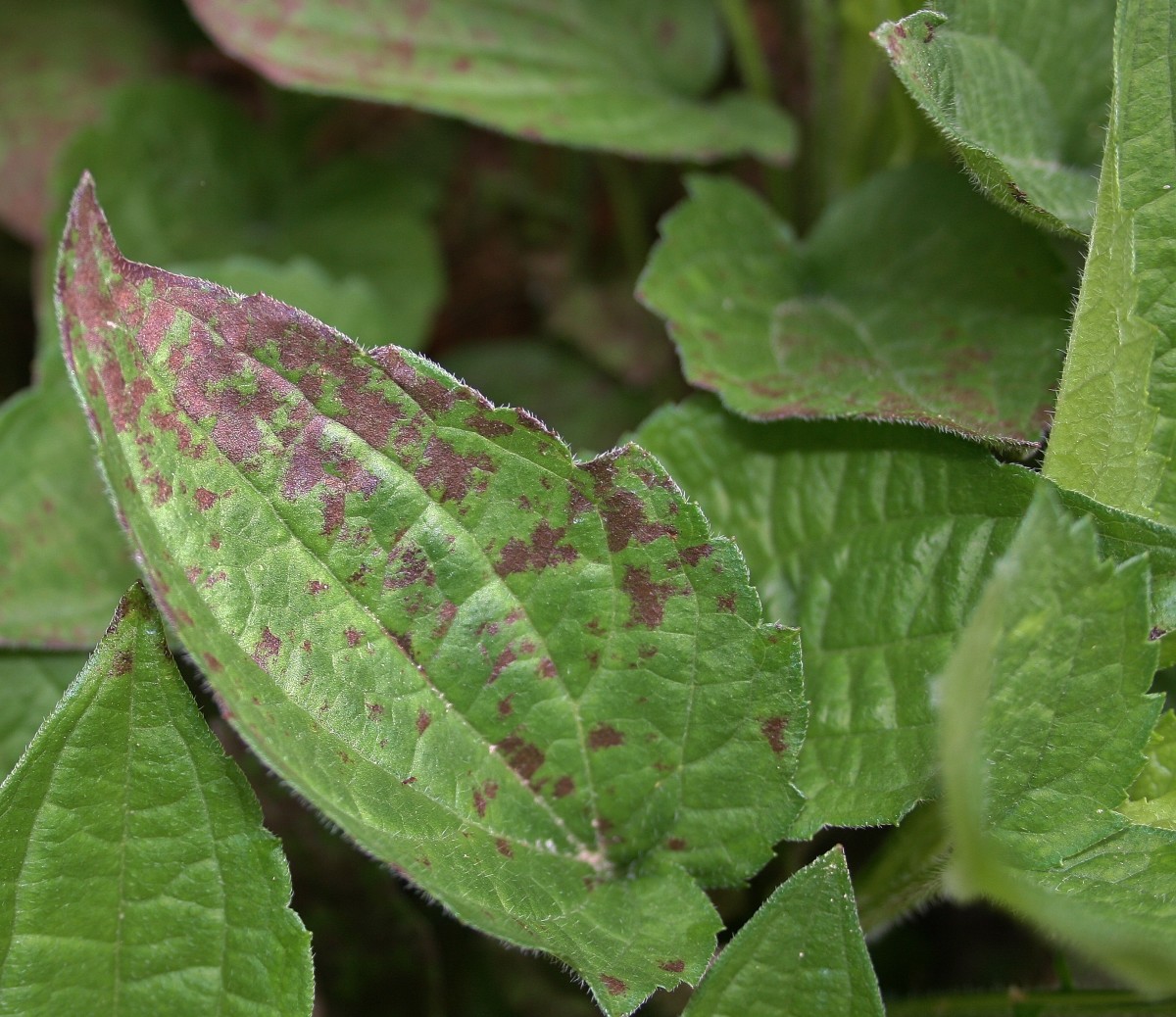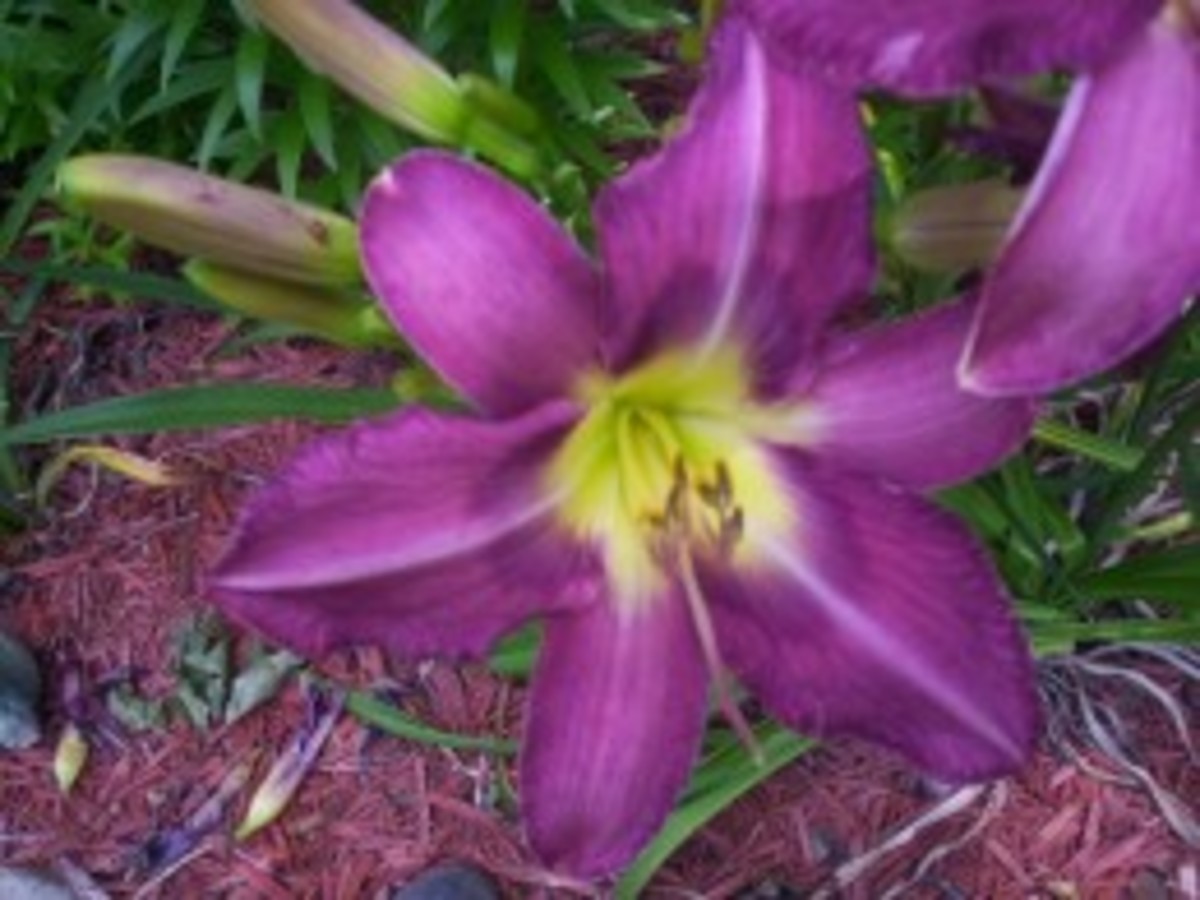Growing the Yellow Coneflower
Growing the Yellow Coneflower
When you have the opportunity to see the long slender stems of the yellow coneflower standing four feet tall in a meadow, they certainly leave a lasting impression. These flowers are rigid, delicate, peculiar yet beautiful all rolled into one.
The leaves are quite irregular and often overlooked since they only grow near the stem's bottom. The flowers are daisy-like, perched tall on the end of the stem. They are made up of around 13 drooping, extra-large yellow florets that are reaching for the ground.
The yellow coneflower has a bizarre head that is gray while the flower is young but will turn brown so many people mistake them for brown-eyed Susans. They bloom quite late in the summer for about two months and have little fragrance unless you crush the seeds which smell of anise.
Yellow Coneflower

General Care
The yellow coneflower is capable of growing in dry or moist soils, clay prairies, thickets, woodland borders, limestone glades and along railroads. They are pretty much the happiest in the most undesirable environment.
Any wildflower garden is ideal for the yellow coneflower because they grow incredibly easy and they are a stunning sight, casually blowing in the wind. The last thing you want to do is fuss over these plants because if you do, the flowers will literally flop. This means no fertilizer! Once these plants are established, new seedlings will grow from the preceding crop.
Insects
The yellow coneflower is a magnet for green metallic bees, large leaf cutting bees, epeoline cuckoo bees, halictine bees, wasps, beetles, flies and butterflies. Caterpillars from the wavy-lined emerald butterfly and silvery checkerspot butterfly families love to feed on the yellow coneflower.
Additionally, the seeds are eaten by goldfinches and your groundhog friends will enjoy the foliage and stems. The yellow coneflower is not harmful to any animals, birds or insects!
Gardening Tools at Amazon
Recommended Hubs
- How to Grow the White Out Rose
If you want flowers in your garden that are literally almost always in bloom, the White Out rose bush is the answer. They provide citrus-smelling, beautiful blossoms from spring through fall and they are... - How to Grow Marigold Plants
If you are looking to cheer up any garden, marigold plants can get the job done! While they come in an assortment of colors, the yellow and orange varieties are by far the most popular. The flowers do not... - Chrysanthemum Frutescens AKA Daisy
The chrysanthemum frutescens is also called Marquerite daisy, bushy daisy, cobbity daisy, Paris daisy and Boston daisy. Regardless what you call them, they are adorable flowers that are usually thought of as... - All About the Cardon Cactus
The Cardon Cactus is native to San Felipe and the largest of its kind in the world. These stately specimens can live to be 30 years old, 70 feet tall and weigh 25 tons! The main trunk often has at least 25...



